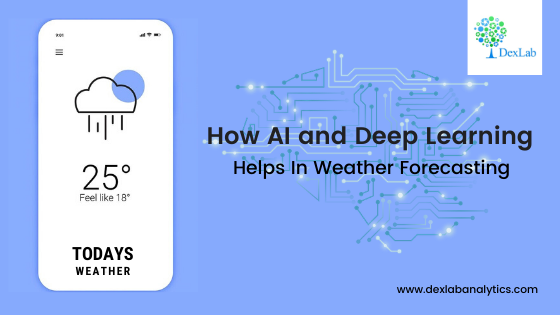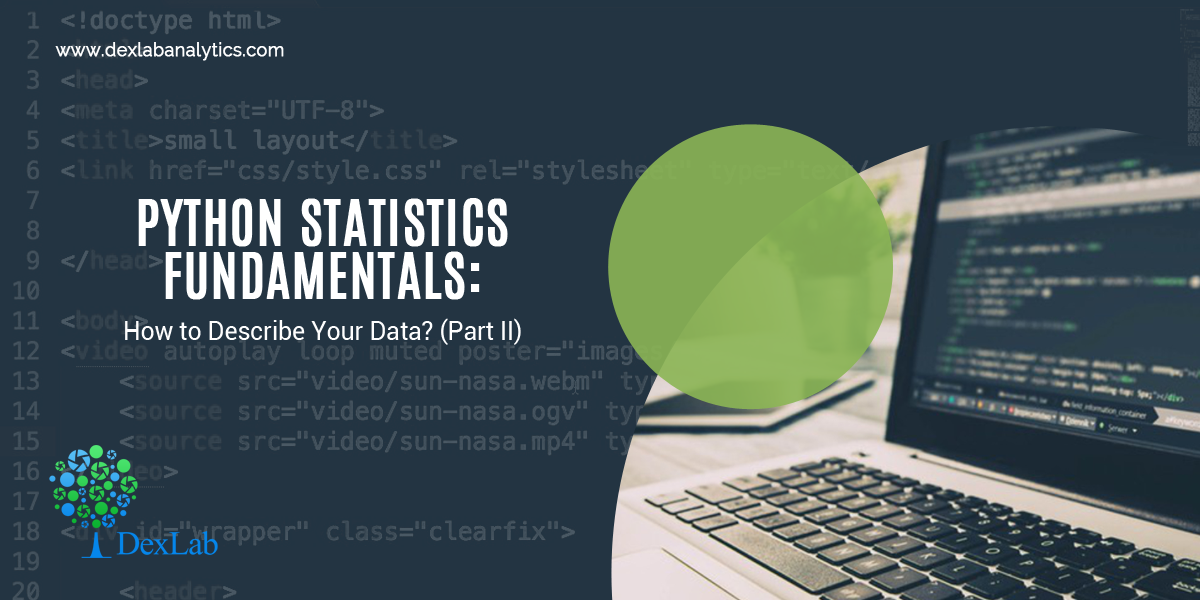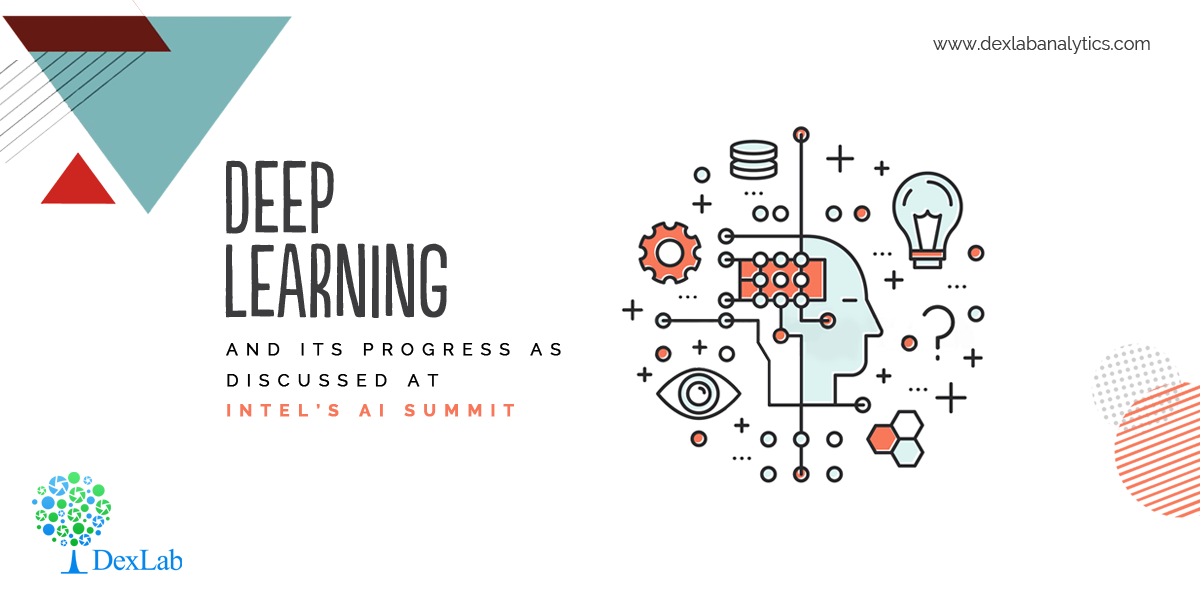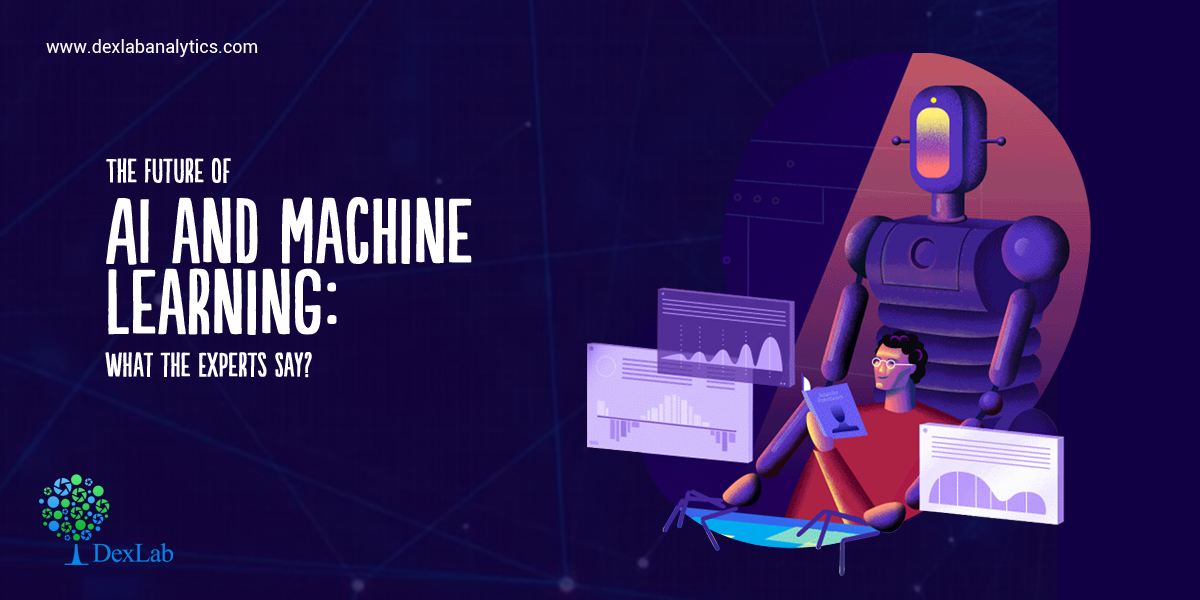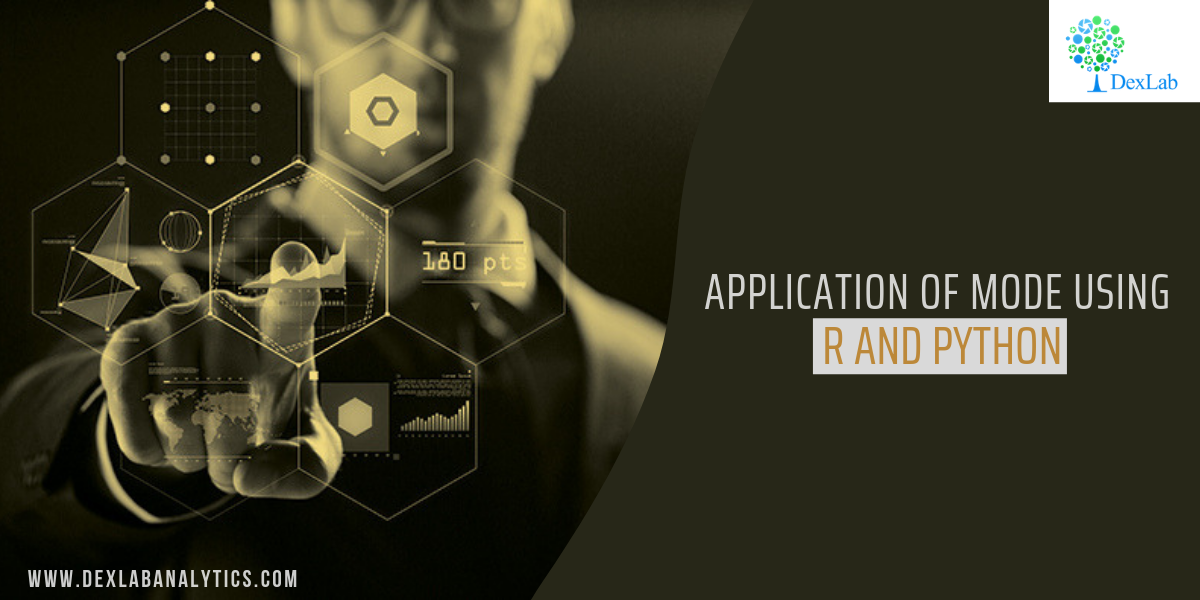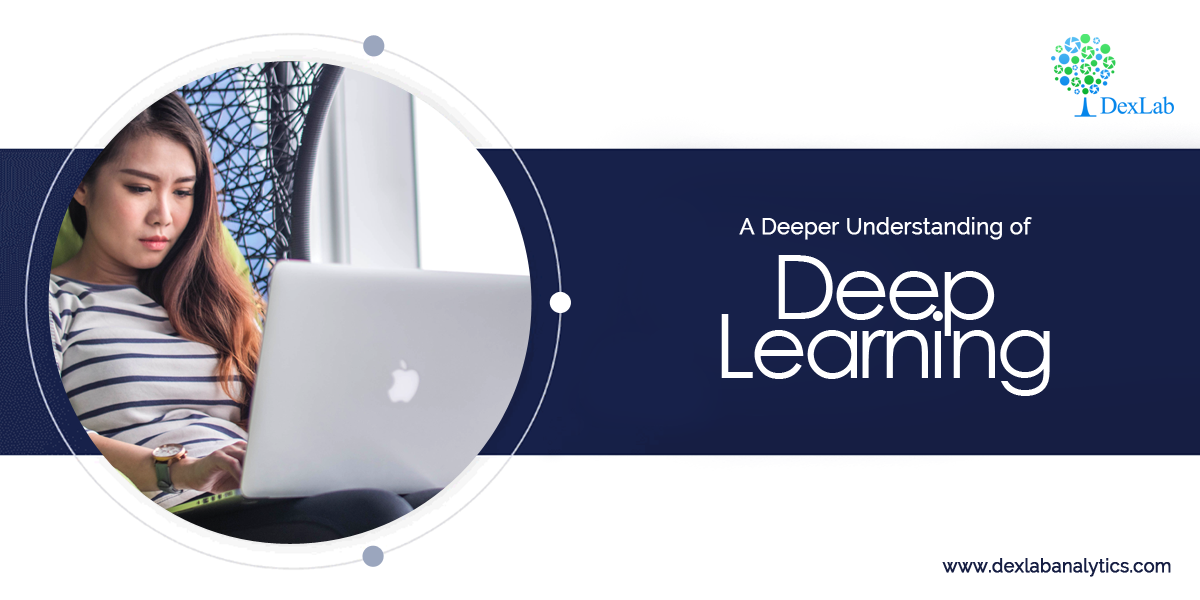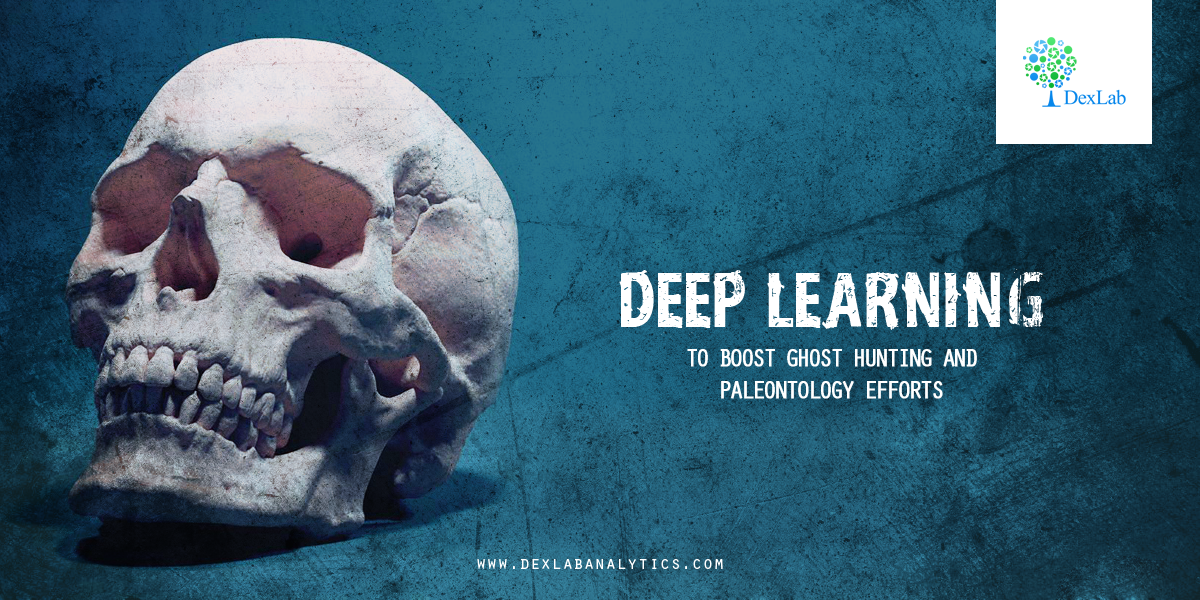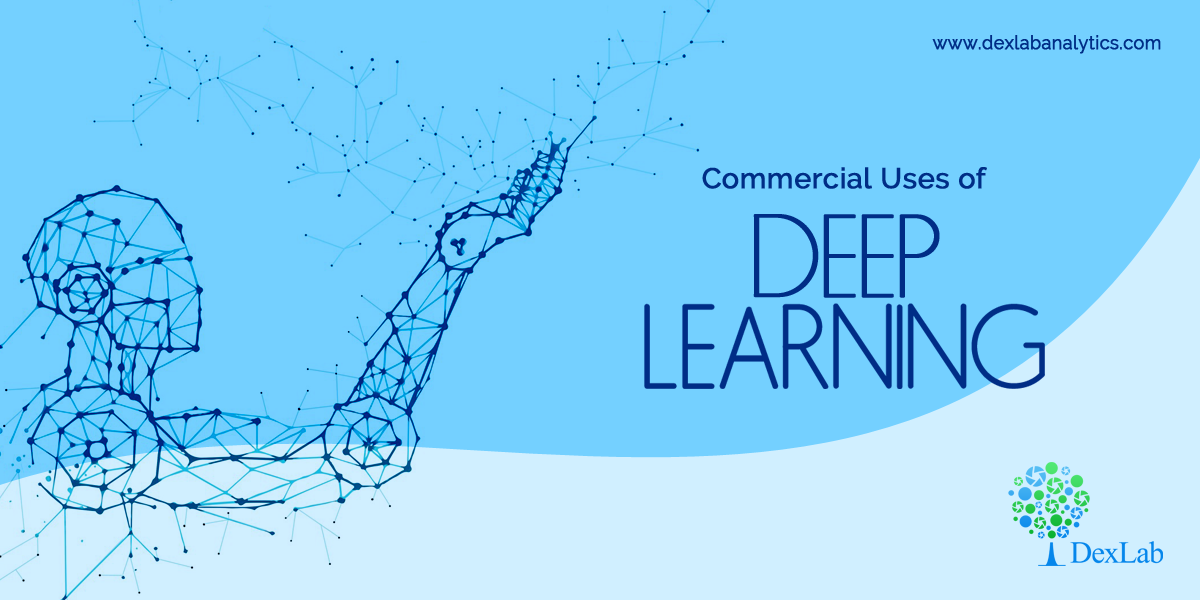
Deep Learning has its limitations, scientists argue.
“We have machines that learn in a very narrow way,” Yoshua Bengio, deep learning pioneer, said in his keynote address at NeurIPS in December, 2019. “They need much more data to learn a task than human examples of intelligence, and they still make stupid mistakes.”
Unarguably, deep learning is an imperfect framework of intelligence. It does not think abstractedly, does not comprehend causation and struggles with out-of-distribution generalization. For a deeper understanding of its limitations, this brilliant paper on the science and its shortcomings is available on the internet.
However, despite numerous shortcomings, the commercial uses of deep learning are only just being mined and its capabilities to automate and transform industries still abound. AI and deep learning capabilities, as developed as they are today, are sufficiently mature to spearhead transformation, innovation, and value creation across industries like agriculture, healthcare and construction. “For the most part, these transformative opportunities have not yet been operationalized at scale.”
Radiology
For instance, in the radiology industry, something as extreme and point blank as this was declared in 2016 by AI luminary Geoff Hinton – “It’s quite obvious that we should stop training radiologists now.” Hinton’s comments drew worked up reactions in the medical community but his statement was based on strong data which showed neural networks can identify medical conditions from X-rays with better accuracy than human radiologists can.
Yet, years after Hinton foresaw the removal of the need of human radiologists from the medical science field, no clinic in the world has deployed AI-driven radiology tools at scale. Only a few health organizations have begun using it in limited settings. But more and more organizations are slowly adopting deep learning in radiology.
Off Road Autonomous Vehicles
In another instance, the off-road autonomous vehicle industry is seeing a slow move towards tapping the massive unrealized commercial potential of AI. Construction, agriculture and mining are some of the largest industries in the world. If these industries start deploying deep learning powered automated machines to do work that human hands are trained to do, a massive pool of cost, productivity and safety benefits could be tapped.
Energy
In the field of energy, leading players like BP are using deep learning to innovate and transform work conditions on site. “It uses technology to drive new levels of performance, improve the use of resources and safety and reliability of oil and gas production and refining. From sensors that relay the conditions at each site to using AI technology to improve operations, BP puts data at the fingertips of engineers, scientists and decision-makers to help drive high performance.”
Retail
Burberry, a luxury fashion brand, uses big data and AI to fight counterfeit products. It is also trying to enhance sales and customer relationships by initiating a loyalty program that creates data to help personalize the shopping experience for each customer.
Social Media
Both Twitter and Facebook are tapping into structured and unstructured sets of big data for understanding user behavior and using deep learning to check for communal or racist comments and user preferences.
Deep Learning and Artificial Intelligence is the future and it is here to stay. No wonder then, that more and more professionals are opting to train themselves through deep learning courses. DexLab Analytics is one of the best Deep Learning training institutes in Delhi. Do go through its website for more details.
Interested in a career in Data Analyst?
To learn more about Data Analyst with Advanced excel course – Enrol Now.
To learn more about Data Analyst with R Course – Enrol Now.
To learn more about Big Data Course – Enrol Now.To learn more about Machine Learning Using Python and Spark – Enrol Now.
To learn more about Data Analyst with SAS Course – Enrol Now.
To learn more about Data Analyst with Apache Spark Course – Enrol Now.
To learn more about Data Analyst with Market Risk Analytics and Modelling Course – Enrol Now.

